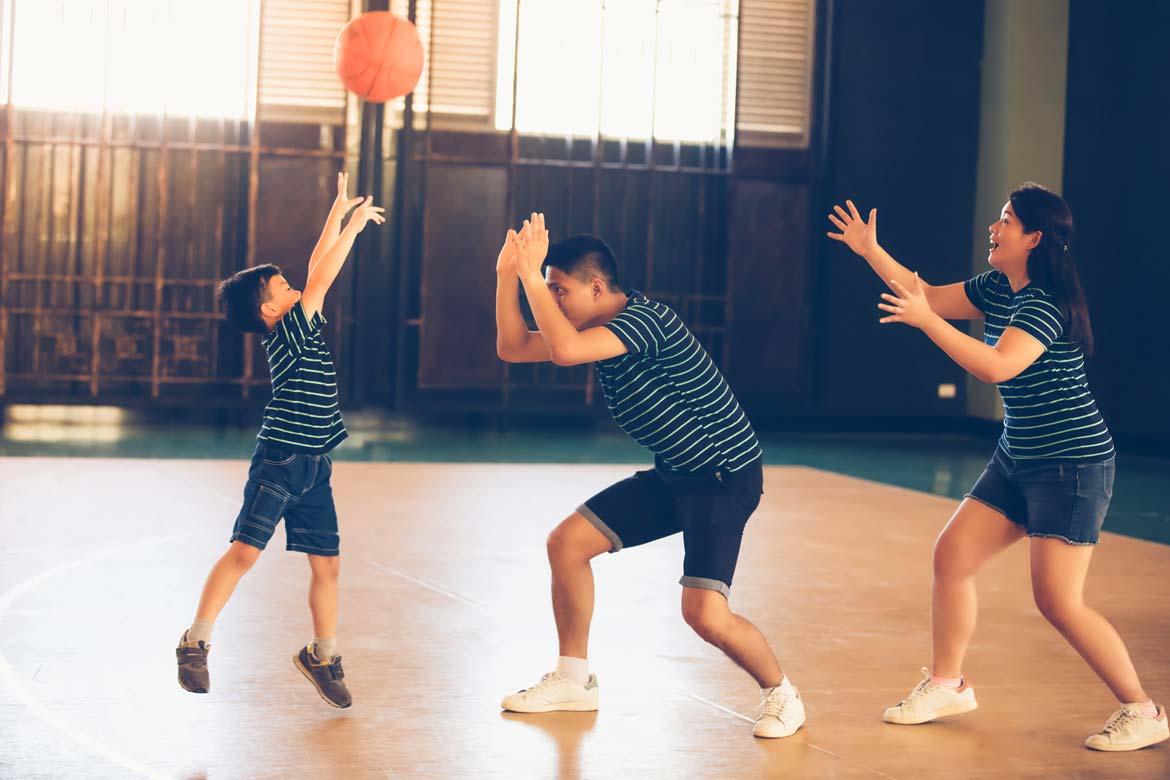
Dislocation
How is a dislocation diagnosed?
Your doctor may order the following tests to examine your injury:
- X-rays. X-rays will confirm the diagnosis of a dislocation and to show any broken bones or other damage to your joint.
- Computerised tomography (CT) scan. A CT scan may be required to better delineate subtle fractures in the joint or help with ensuring concentric reduction.
- Magnetic resonance imaging (MRI). An MRI may be necessary to screen for associated soft tissue injuries.
How is a dislocation treated?
To treat your dislocation, your doctor will first need to assess the site and severity of your injury. This would include the use of radiological investigations, such as a CT scan.
Possible treatments include:
Reduction
Your joint will need to be reduced. Some anaesthetic along with sedation may be administered in order to relax the muscles and provide pain-relief in order to help with this process.
Immobilisation
Once your joint is reduced. It will be splinted order to immobilise said joint and allow it to heal. In the meantime your doctor may perform additional radiological investigations to determine if further treatment is required.
Surgery
If there is a block to reduction, surgical reduction may be needed to clear the structures which may be impeding it. Surgery may also be needed for recurrent dislocations in order to repair or reconstruct the structures around the joint such as its ligaments.
Rehabilitation
Physiotherapy may be required to help you regain and restore the range of motion and strength. Your physiotherapist will start you on a gradual rehabilitation programme after your splint or sling is removed, in concert with your doctor’s advice.
Care and recovery for a dislocation
You may like to try these lifestyle and home remedies to alleviate your discomfort and promote healing after treatment for a dislocation injury.
Rest your injury
Avoid repeating the action that caused your injury or any movements that cause pain.
Apply ice and heat treatment
Try the following steps:
- On days 1 – 2, apply a cold pack to your injured joint for 15 – 20 minutes at a time every couple of hours to reduce inflammation and pain.
- From days 2 – 3 on, when the pain and inflammation have improved, apply a heat pack for up to 20 minutes at a time. It can help to relax tightened and sore muscles.
Take pain relief medication
Medications such as ibuprofen, naproxen or acetaminophen can help relieve pain.
Keep your joint supple with light exercise
Do gentle exercises recommended by your doctor or physiotherapist to help maintain range of motion in your injured joint. Total inactivity is not advisable as it can cause stiff joints.
This coverage checker is brought to you by Health Insured, an online resource that helps you understand your health coverage in Singapore.
This page has been reviewed by our medical content reviewers.
Need help?
For enquiries, please call
+65 6250 0000 (Orchard) or +65 6898 6898 (Novena)
For appointment bookings, please WhatsApp
+65 8111 7777 (Orchard) or +65 8111 5777 (Novena)
 Brain & Spine Care
Brain & Spine Care


